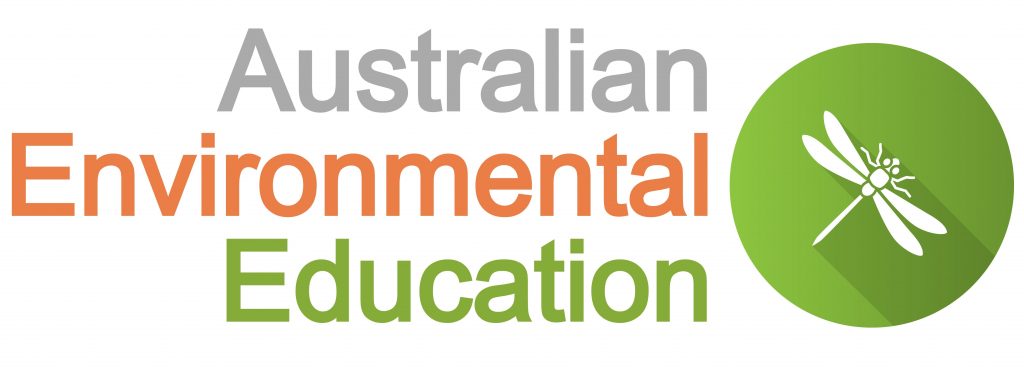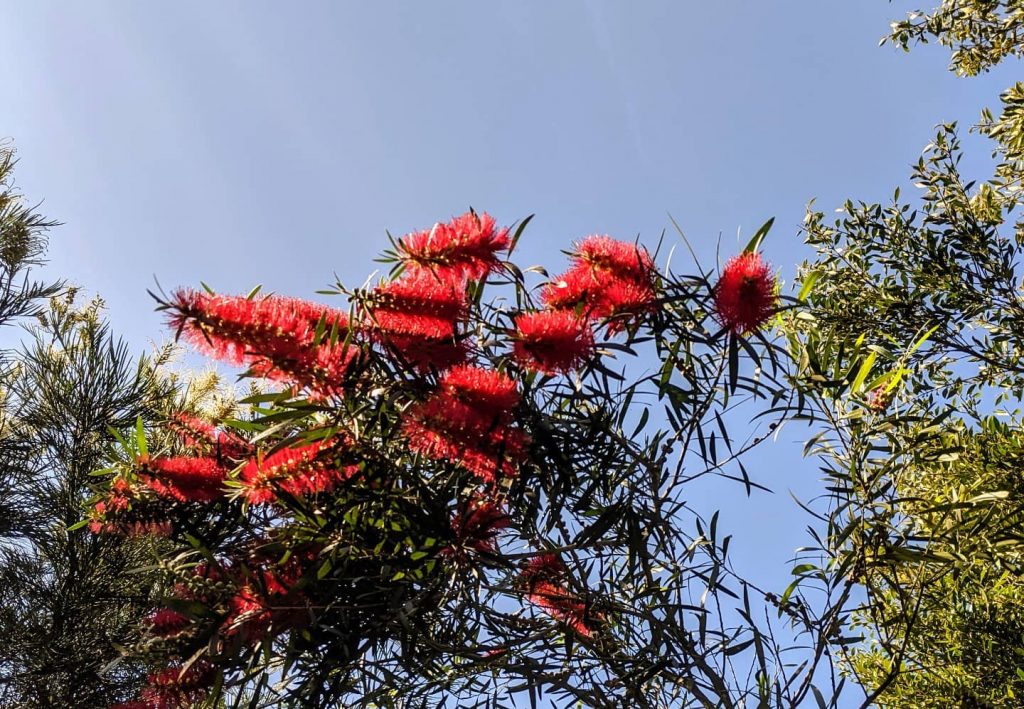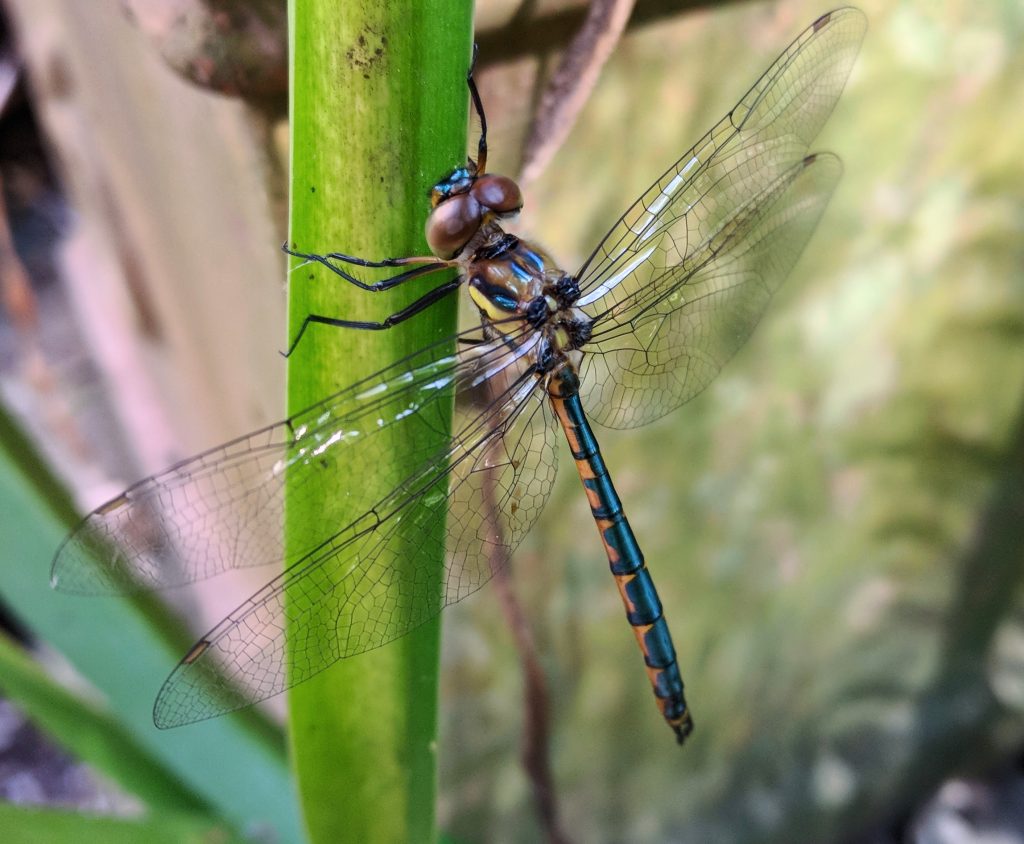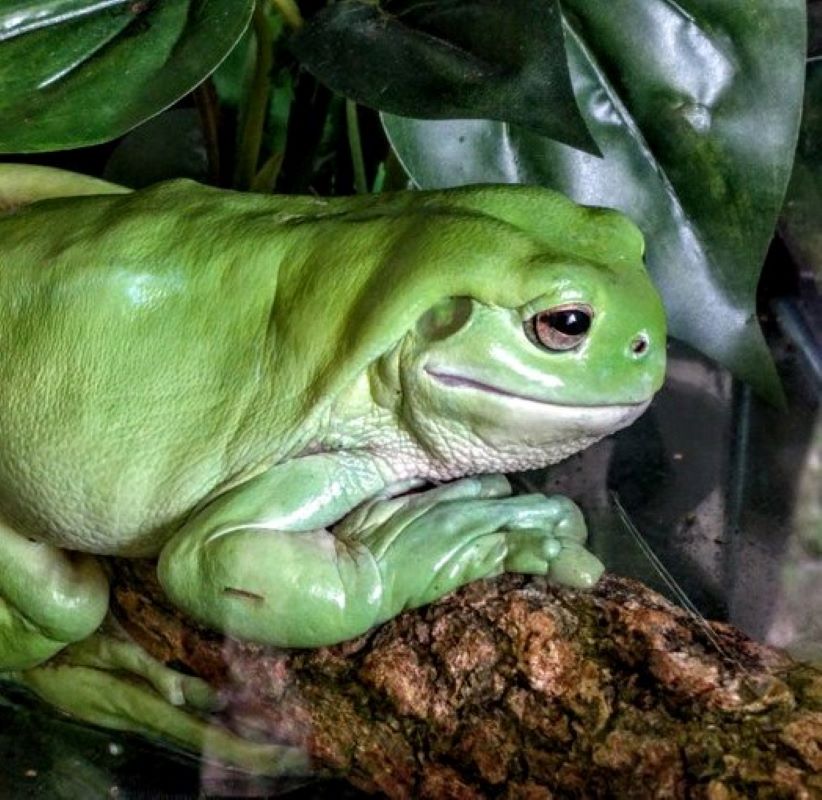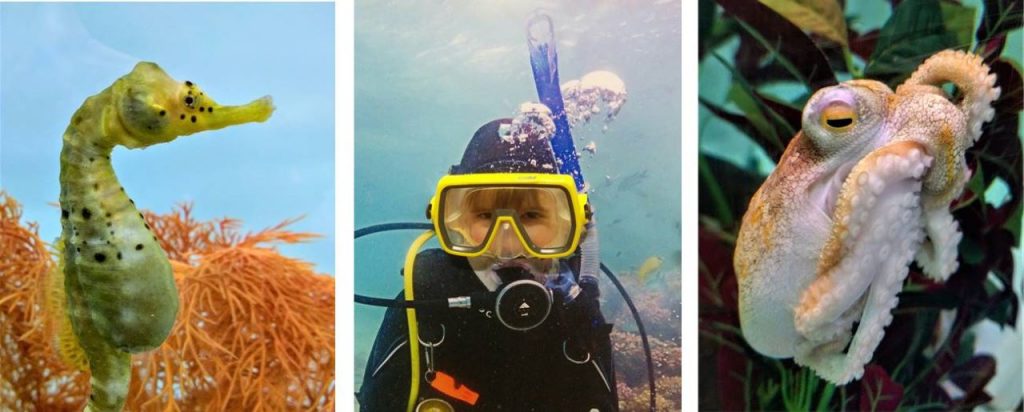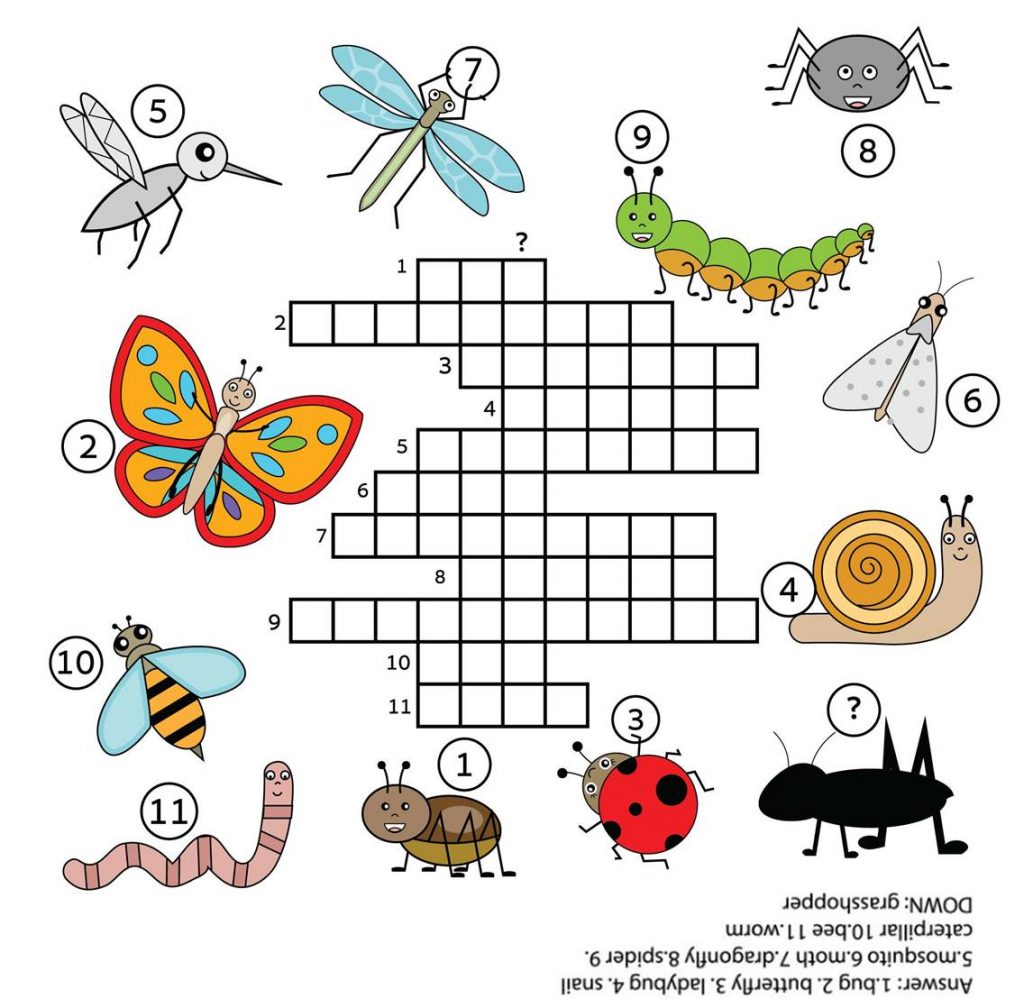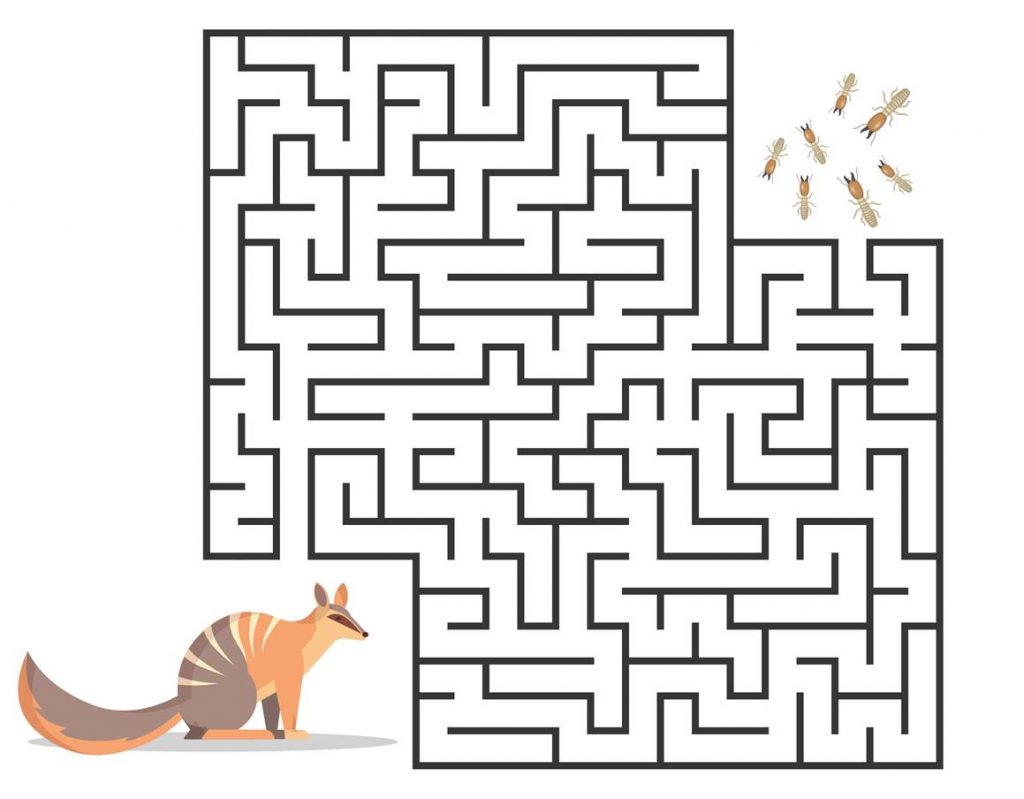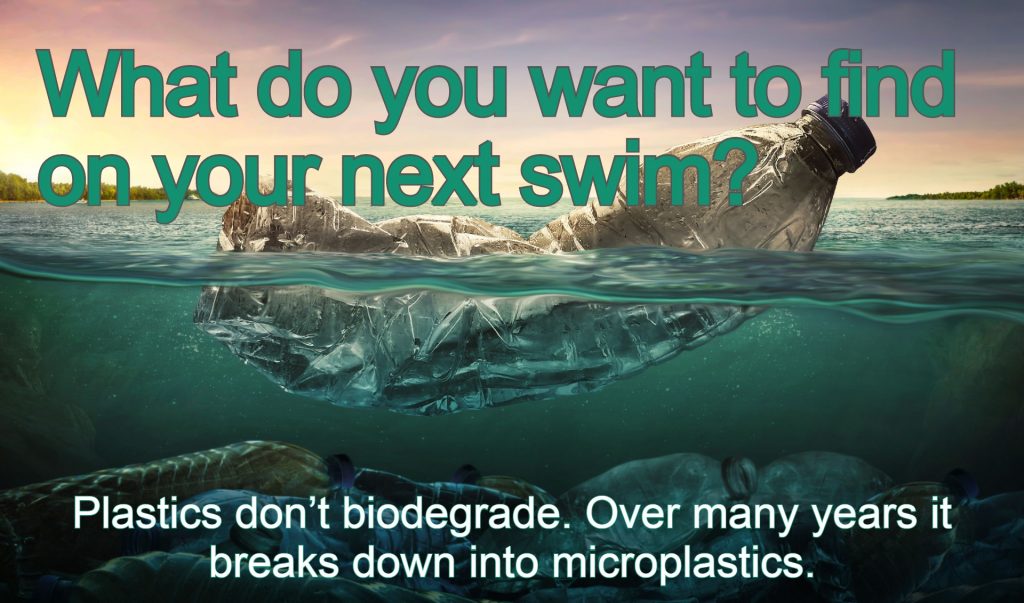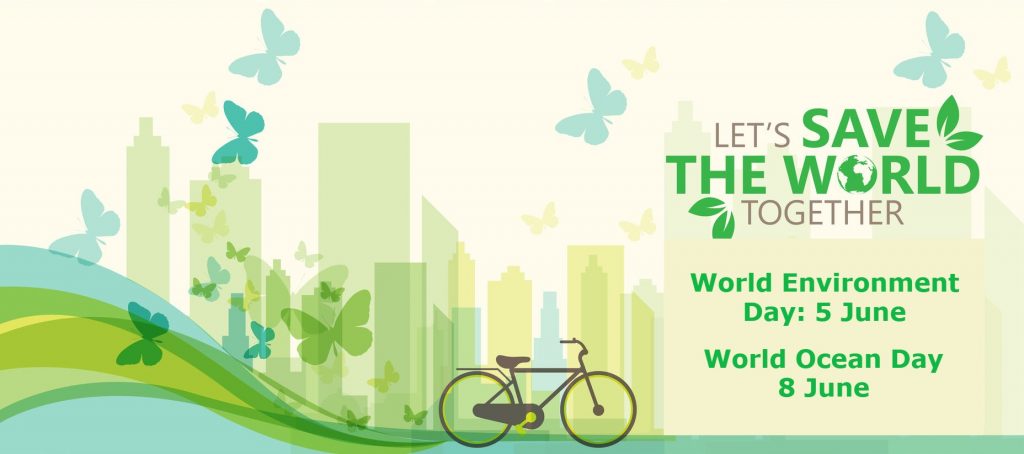Sometimes you just need to slow down and connect with nature. Sit under your favourite tree or go for a walk in the park. This is especially important at the moment to give yourself permission to have a break. Take some time out every day for you, even 5 minutes can make a difference.
Remember to look up and change your perspective Touch and feel different tree bark Visit your favourite tree, if you don't have one, find one Don't forget to use all your senses
I recently had a wonderful and restorative online Forest Therapy session with Mary Bell from Nature Knows. It was great to take some time to connect with the environment around me and appreciate the sights, sounds and smells in my backyard. Along my journey I discovered these animals in my garden. I wouldn’t have spotted them if it wasn’t for the activities in the Forest Therapy session.
I have continued with the lessons learned during the session and have been giving myself permisison to take a break and spend more time outside. I have been going on more walks, listening to the sounds of the birds and recording frog calls for Frog ID. It is great to discover some of the wildlife that we share our environment with. Spending more time outside and slowing down has allowed my to connect with nature and capture some amazing images of these animals.
Exploring my backyard and local area have been a wonderful chance to slow down and connect with nature.
